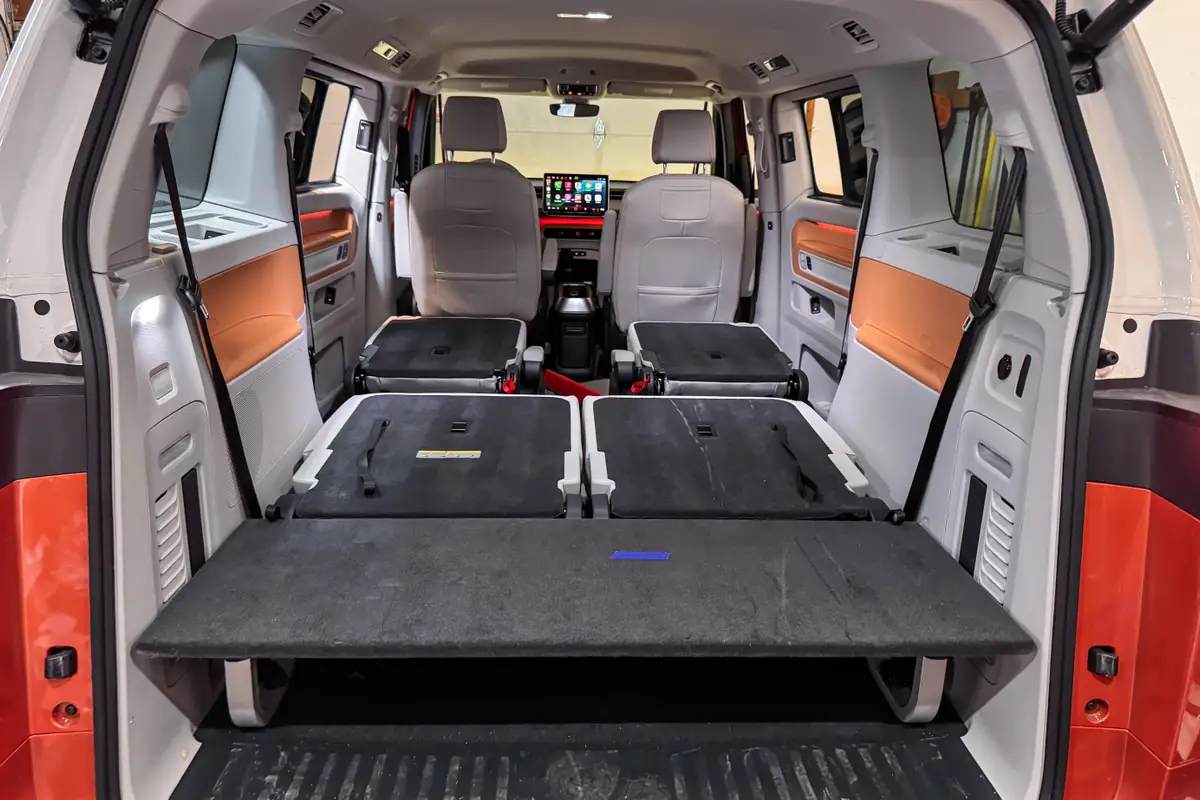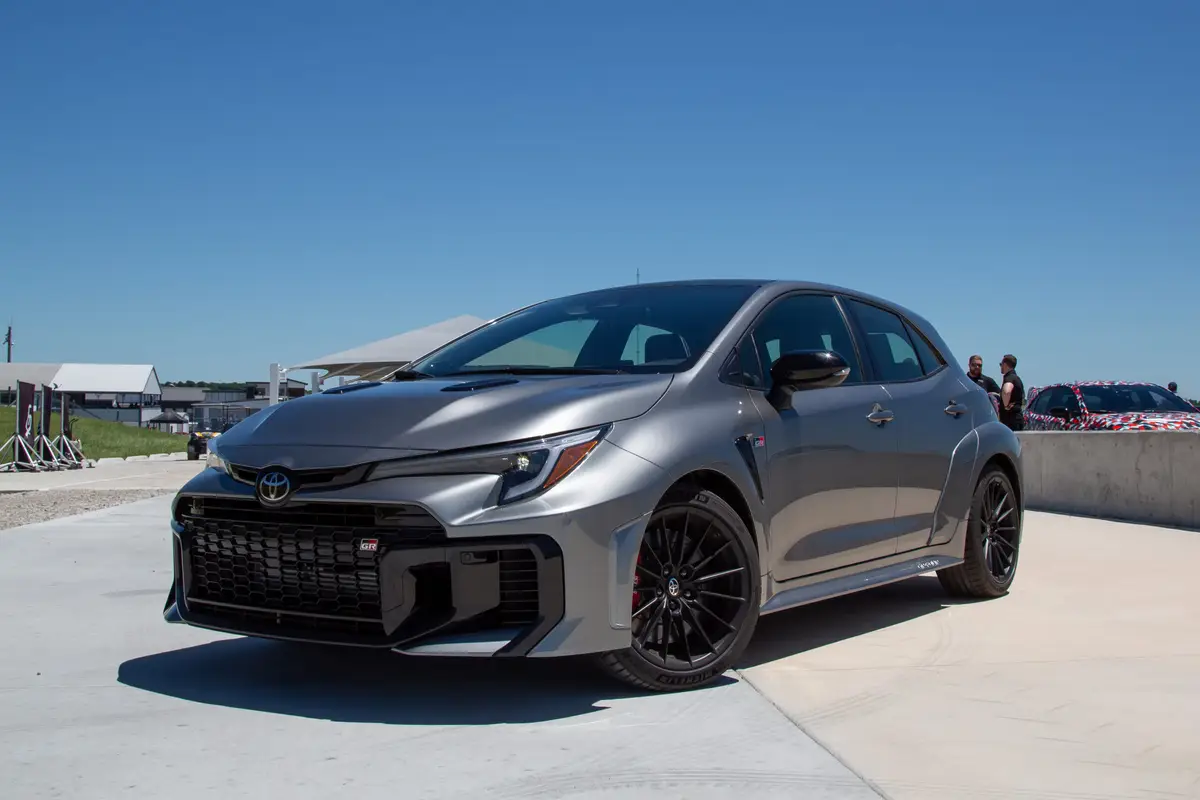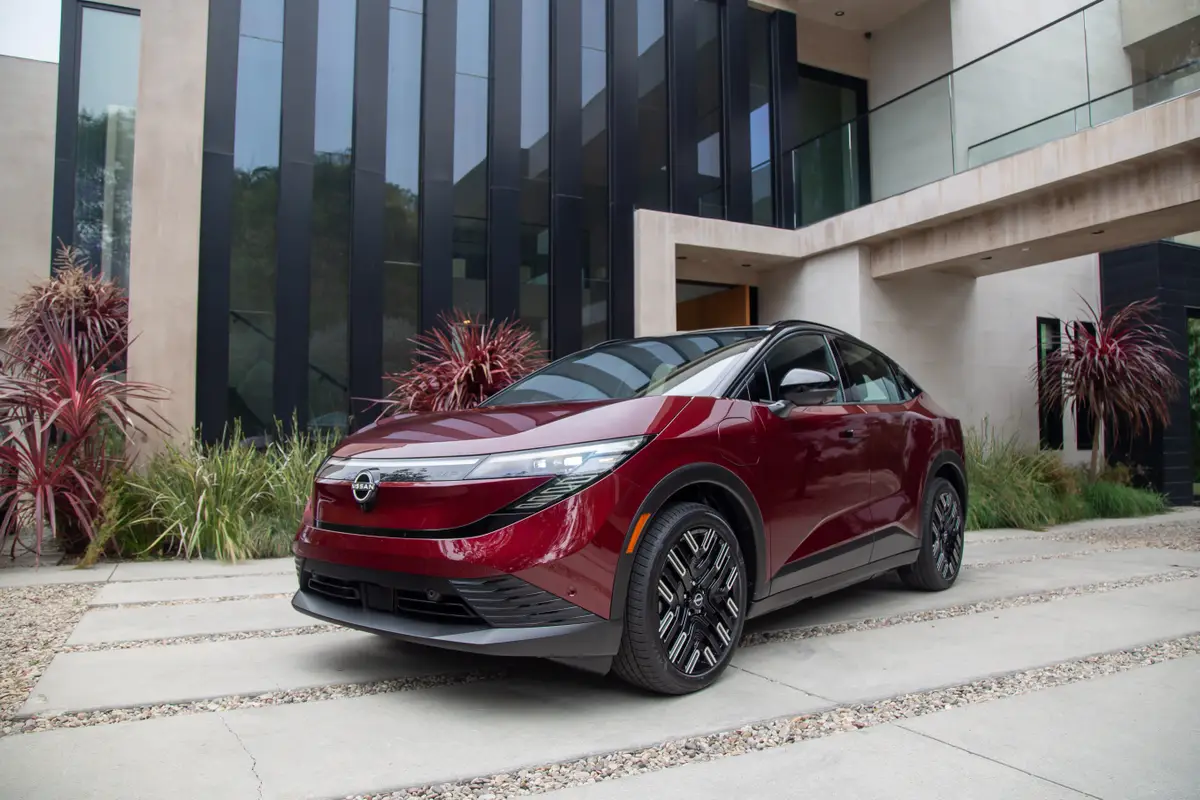Have Used Car Prices Finally Plateaued?


The ongoing vehicle inventory shortage caused by a global microchip shortage has left no shortage of hurdles for car shoppers to overcome. For many, it’s a toss-up between finding the right vehicle and being able to afford it. Amid the chip deficit and other COVID-related roadblocks, automakers had to slow or even cease production, causing a shortage of new vehicles, a shift in demand to used cars and a dramatic spike in used-car prices.
Related: How Long Will the Vehicle Inventory Shortage Last?
In May and June, the benchmark Used Vehicle Value Index from Manheim, a vehicle wholesaler, topped 200 for the first time. Values have tapered slightly since then but remain substantially above year-ago numbers.
Is any relief on the way for persistent — or desperate — used-car shoppers? Several signs point to a plateau in the current upward trajectory, but it’s unlikely prices will fall anytime soon to the levels seen before the shortage began.
Used-Car Pricing Spike Slows
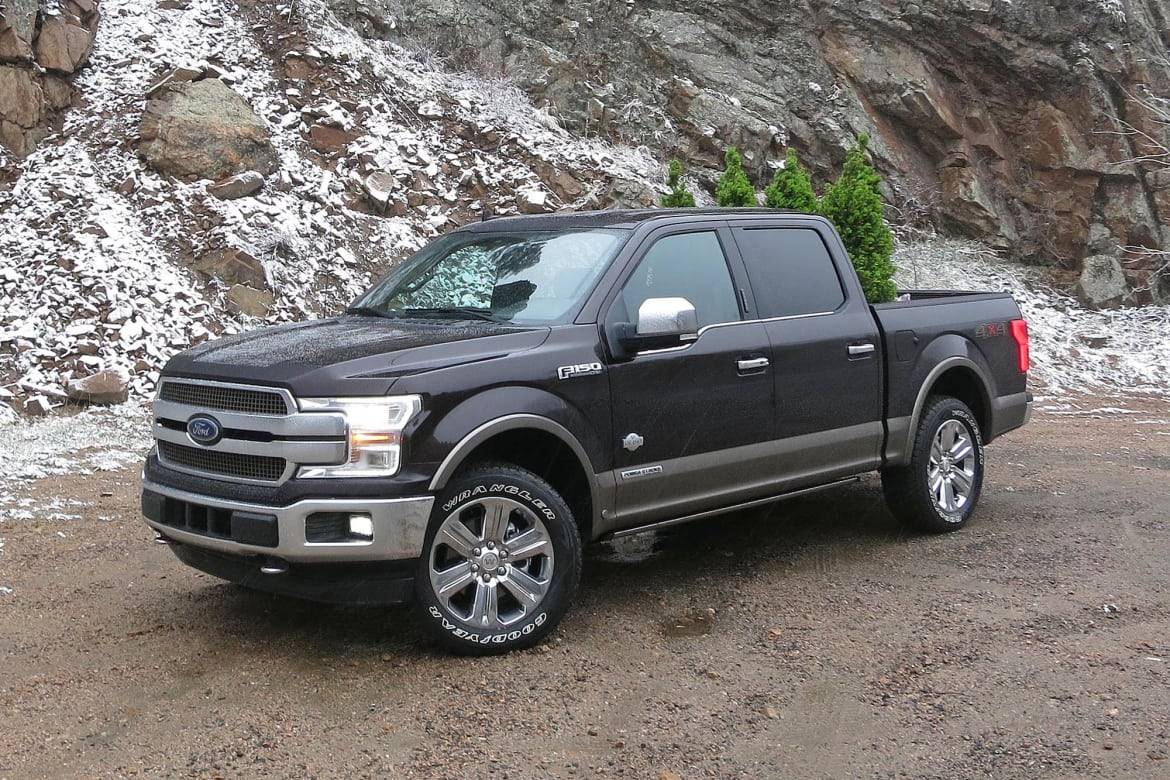
Median listing prices among Cars.com dealers indicate that used-car prices are still climbing, but the rate of increase has tapered in recent months. In August, the median listing price for a used car at Cars.com dealers was $23,994 — up 33.4% since December 2020 and 34.3% since August 2020. Between March and June alone, the median price shot up by 27.3%.
But comparing these skyrocketing increases to those of the past few months paints a more optimistic landscape. The median used-car price climbed just 2.2% from June to July and 1.3% from July to August.
An analysis of used prices for individual models shows the same trend, and some vehicles are even seeing median prices decline.
- America’s bestselling SUV, the Toyota RAV4, saw its median price for used cars at Cars.com dealers increase 7.3% between May and June but only 3.8% from June to August.
- An even more telling story is the Ford Explorer. The SUV’s median used price catapulted 12.1% from May to June, then ebbed 0.5% from June to August.
- The price plateaus of several popular pickup trucks offer the most dramatic example. The median price of used Ford F-150s jumped 14.3% between May and June, but only 2.8% between June and August.
- After a 10.6% increase from May to June, the Chevrolet Silverado 1500’s median used price ebbed 0.5% between June and August. The trend is similar for the Ram 1500, whose median used price rose 5.1% between May and June, yet declined 1.8% in the ensuing two months.
David Paris, senior manager of market insights at J.D. Power, sees a similar trend among wholesale vehicle prices.
“Overall [wholesale] industry prices are up by an average of 30% this year, which has been driven by massive increases on the mainstream side of the market, primarily passenger-car prices, which are up by a range of 37% to nearly 48%,” Paris wrote in an email to Cars.com. “Large pickup prices are also up by a sizable 37%, however, more recently we have seen large pickup prices declining at a faster rate than other mainstream segments.”
Will a Drop in Used-Car Prices Follow?
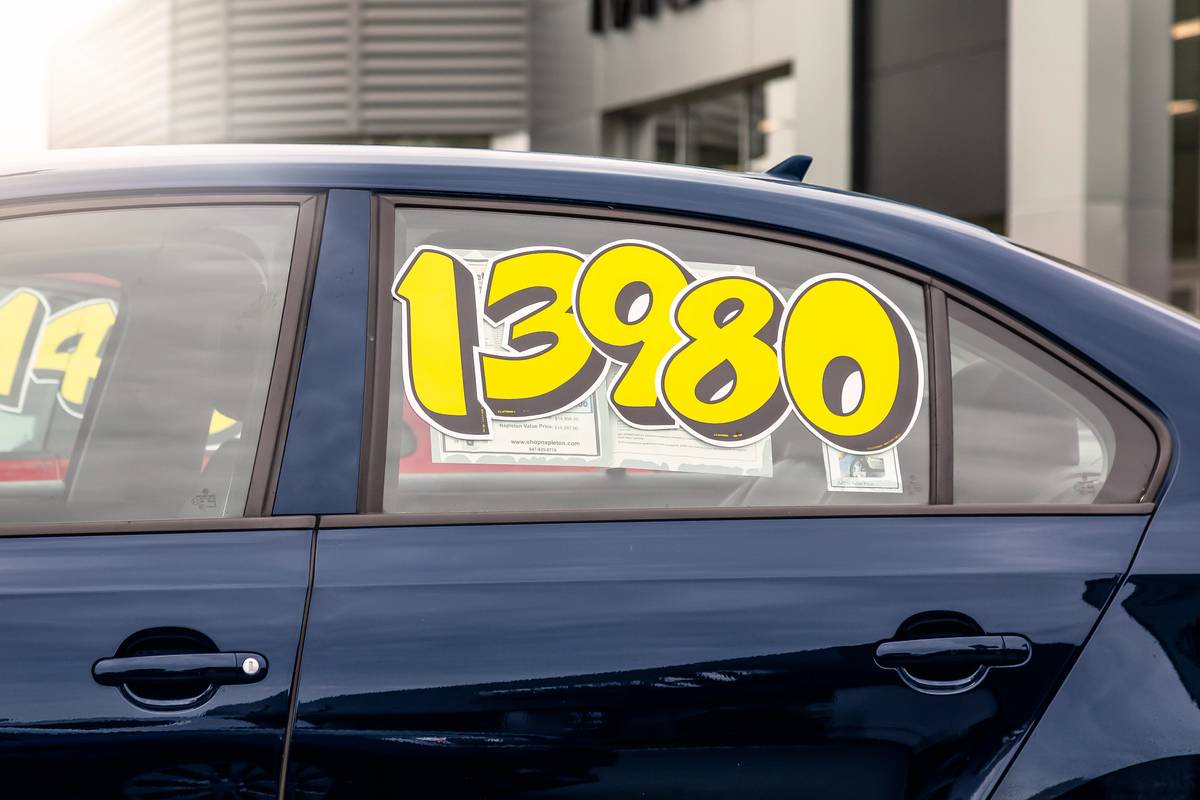
While the median price plateaus are encouraging, it’s unwise for shoppers to expect prices to return to pre-pandemic levels. That’s according to Sam Fiorani, vice president of global vehicle forecasting at AutoForecast Solutions, a firm that’s been monitoring the microchip shortage. Fiorani expects inventory to remain tight due to ongoing production delays, causing used-car prices to stay elevated.
“Owners with underused vehicles have disposed of them to take advantage of the high prices, but there can’t be that many more just sitting around,” Fiorani said. “Unless vehicle production picks up soon, which is not imminent, the inventory of used vehicles will remain tight and prices will stay high. Many owners are not forced to replace their current vehicles, but, due to age or damage, a considerable number of drivers need to replace their car or truck every month. The demand will not go away, and the new supply is very limited.”
Used-vehicle prices are unlikely to drop until new-vehicle production returns to normal, and the microchip shortage is still wreaking havoc on nearly every manufacturer. According to Automotive News, GM and Ford announced more production cuts in September, while Honda, Toyota and Hyundai had previously avoided major production disruptions but are now experiencing delays.
Are Elevated Used-Car Prices the New Normal?
Should prospective buyers bite the bullet and pay a premium for a used vehicle, or sit back and wait it out? Fiorani expects vehicle prices to fall once new-vehicle production normalizes, but he warns that prices are unlikely to return to levels prior to the current shortage.
“Until full production can be reached, manufacturers will focus on more expensive and more profitable models and trim levels,” Fiorani said. “This will keep the average buyer in the used-car market, which will just continue to prop up prices.”
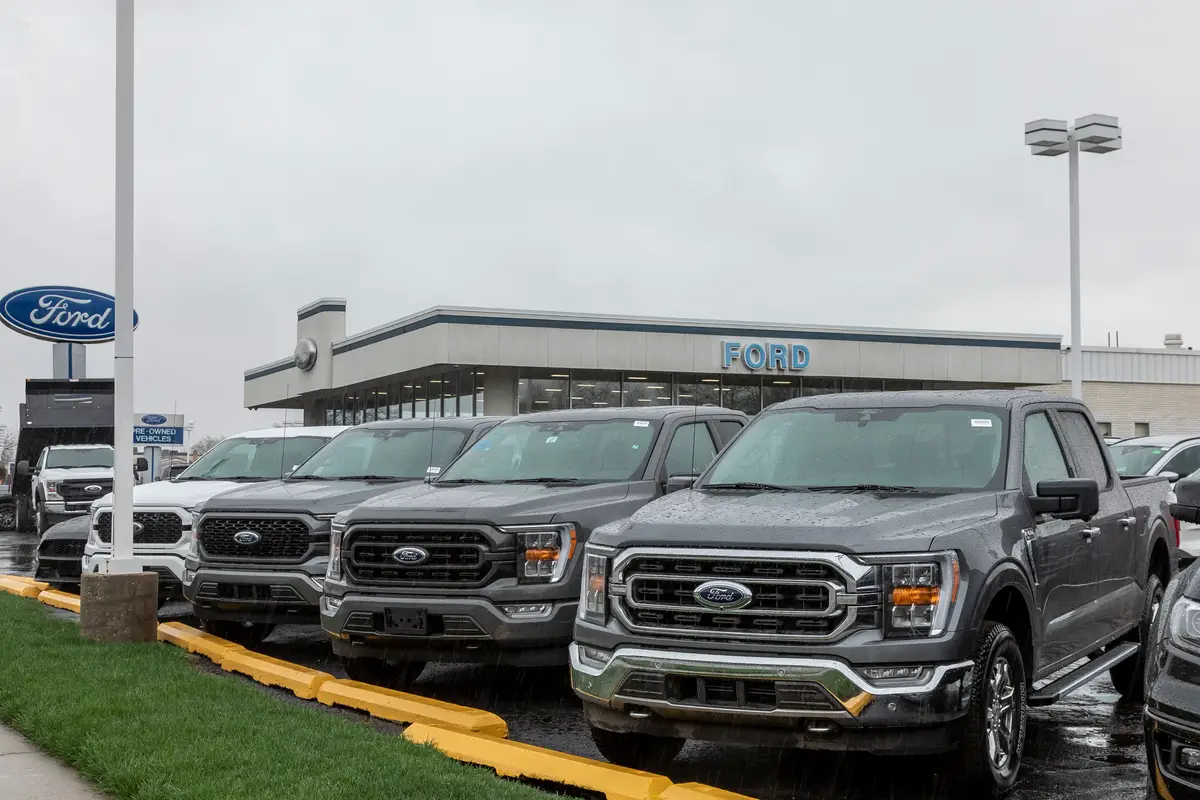
There Is Some Good News
Despite the quickly vanishing inventory and stubbornly high used prices, it’s not all doom and gloom for prospective buyers. Used vehicles are more reliable than ever, according to Fiorani. This means shoppers who can’t put off a vehicle purchase can still find a good value even at a higher price.
“This new, short-term issue with new-vehicle production has focused attention on how good all vehicles are, even after 100,000 miles,” Fiorani said. “Once the current production issues have been addressed, used-vehicle prices will come down, but they’re not expected to fall dramatically.”
Another reassuring fact is that used vehicles are out there, they just sell fast. J.D. Power’s Paris says dealers have been getting creative to keep used inventory coming in. In fact, dealers have sold 14% more used cars year to date than they sold in the same timeframe in 2019, J.D. Power data indicate.
“Dealers are really thinking outside the box and coming up with new ways to source inventory,” Paris said. “There has certainly been a large uptick in dealers calling and emailing former customers offering to buy cars back that they sold a year or two ago, along with a push to secure trade-ins when a consumer is buying either a new or replacement used vehicle.”
Finally, shoppers who have a vehicle to trade in can offset some of the used-car price increase, especially if they secure multiple offers. Trade equity is up significantly versus pre-pandemic times, according to J.D. Power data.
“Consumers have significantly more equity in their vehicles right now,” Paris said. “Trade equity is nearly $4,300 per unit and so far, year-to-date [trade equity] is 48% greater than during the same period in 2019. This, along with favorable interest rates, elevated levels of personal savings, as well as the stimulus, are making higher retail prices more palatable for buyers.”
More From Cars.com:
- Inventory Shortage Leaves Little Room for Haggling; Here Are 5 Other Ways to Save on Your Car Purchase
- Amid Inventory Shortage, Used Prices Approach New
- Buying a Car During COVID-19: Car Deals & Advice
- Inventory Pinch: 25 Models Still Out There
- Cars.com Car-Buying Tips
Cars.com’s Editorial department is your source for automotive news and reviews. In line with Cars.com’s long-standing ethics policy, editors and reviewers don’t accept gifts or free trips from automakers. The Editorial department is independent of Cars.com’s advertising, sales and sponsored content departments.

Former News Editor Jane Ulitskaya joined the Cars.com team in 2021, and her areas of focus included researching and reporting on vehicle pricing, inventory and auto finance trends.
Featured stories
